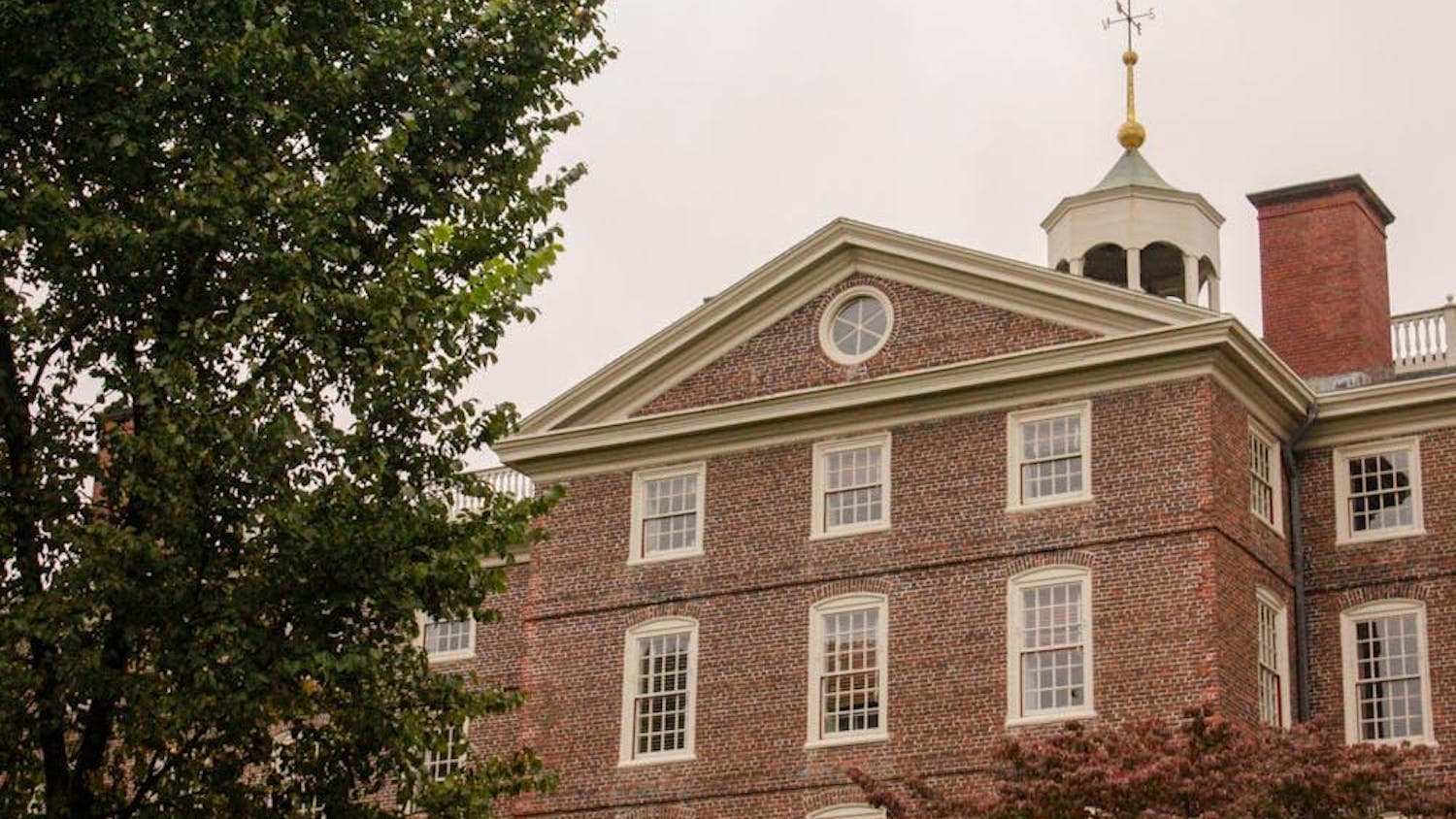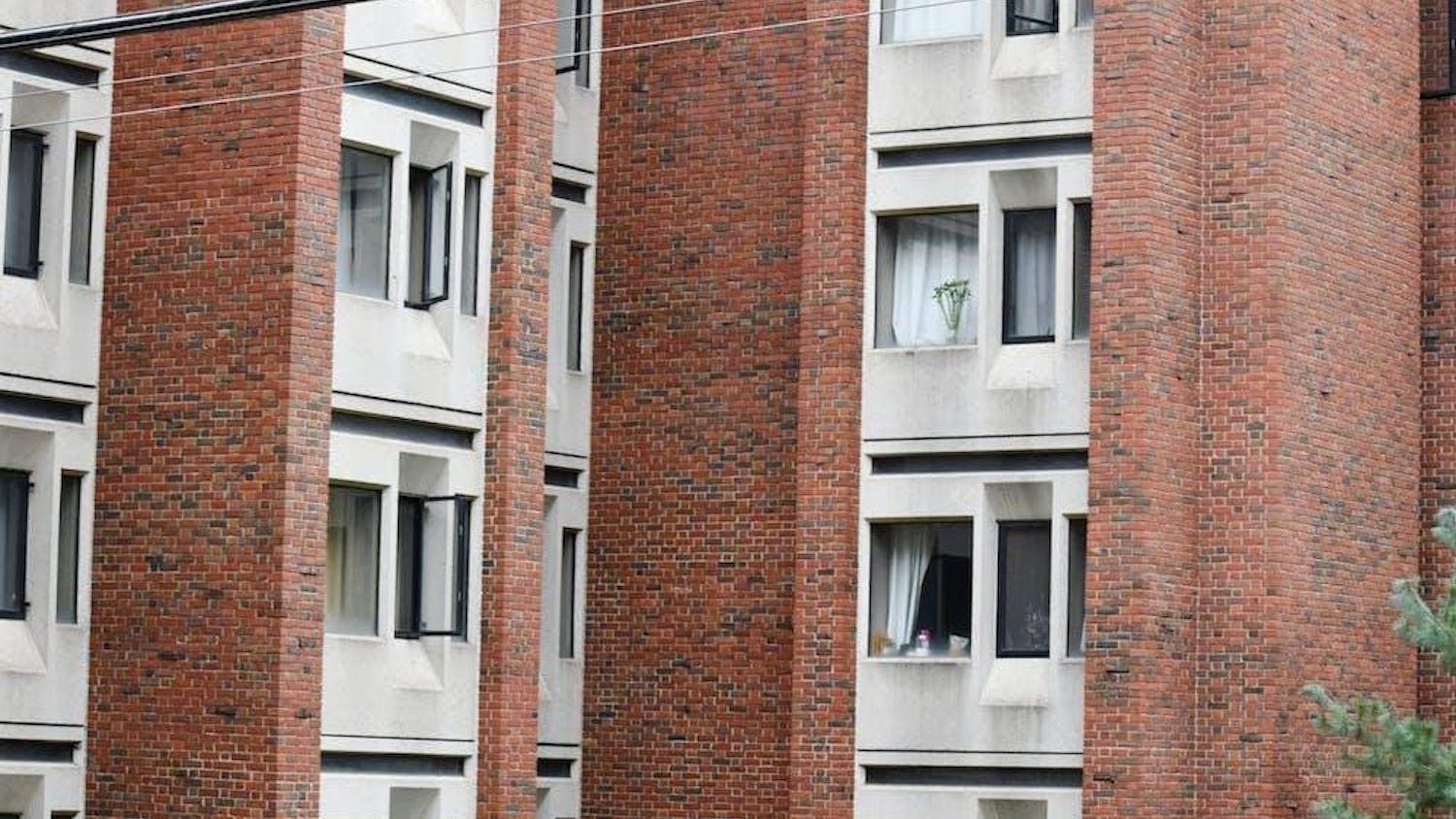How tough is it to get into Brown off the waitlist? It depends.
The number of waitlisted applicants has remained relatively steady in recent years, but the number of students who are admitted and matriculate from the list has fluctuated unpredictably.
The University has offered approximately 1,500 students a place on the waitlist over each of the past six years. Around one-third of students waitlisted decide to remain on the list.
Dean of Admission James Miller '73 said the University does not keep track of exactly how many people it places on the waitlist. "We don't have a specific target in any given year," he said.
The admit rate from the waitlist pool has varied between 5 and 20 percent since 2004. Brown admitted 32 applicants off the waitlist for the class of 2014, while 99 were accepted for the class of 2005, according to the Office of Institutional Research. But the waitlist yield rate — the number of accepted students who matriculate — is just as unpredictable as the admit rate. Only five waitlisted students enrolled in the classes of 2014 and 2010, while 112 joined the class of 2007. In the past six years, the matriculation rate of applicants admitted off the list has ranged from 14.3 percent in 2006 to 72.0 percent in 2008.
Miller attributed fluctuations in waitlist admissions to variations in the yield of students admitted in the regular decision round, which itself is affected by various factors such as the competitiveness of the University's financial aid packages. Though the Admission Office has an expectation of what the yield may be, predicting it is "not an exact science," Miller said. The number of students admitted from the waitlist depends on whether the yield turns out to be higher or lower than expected, he said.
In addition, if matriculating students are offered admission to other universities from their waitlists and decide to accept the offer, the University may have to reexamine the waitlist to replace these students, he said.
The waitlist is not ranked, Miller said, and the admission committees reconsider all students remaining in the applicant pool during waitlist admission rounds. The process is not necessarily used to fill holes that are left in the matriculating class when some types of admitted students turn down the University's offer of admission. "We're conscious of what the class looks like to that point," he said, "but we really want to get the best students who are on the waitlist."
Legacy students do not have more of an advantage in the waitlist round than during the rest of the application process, he said. The waitlist process is also need-blind.
Lia Tosiello '15, who was accepted from the waitlist, said she was not proactive about the process. Though she planned to attend Georgetown University, she stayed on the waitlist "to keep the option open."
"I didn't think I was going to get in," she said.
On the other hand, Alex Fujinaka '13, who was heading to Cornell, said he decided to stay on the waitlist because he felt closer with students from his high school who went to Brown than those who chose Cornell. Fujinaka, who attended Harvard-Westlake School, said he saw Brown as a "better fit" for him.
After being waitlisted, he sent in a letter to the admission office and spoke with Ed Hu '87, Harvard-Westlake's chief advancement officer and former associate dean of admission at Brown. Fujinaka said it would be "lying" to say he did not think the connection worked in his favor.
Accepted in mid-July, Fujinaka was z-listed — admitted for the following year. He said the offer made Brown even more attractive, as he had been considering a gap year.
Peer institutions also use the waitlist as a tool in the admissions process. Like at Brown, the number of students accepted and enrolled from the waitlist has been highly variable.
Yale did not accept any students from its waitlist in 2005. In 2006, it admitted 27.5 percent of applicants who remained on the waitlist. Cornell accepted 279 students off its waitlist in 2007, while it did not offer admission to any waitlisted students in 2009 or 2010. Princeton and Stanford University have both also denied admission to all waitlisted applicants in some years and admitted over 100 in others.




